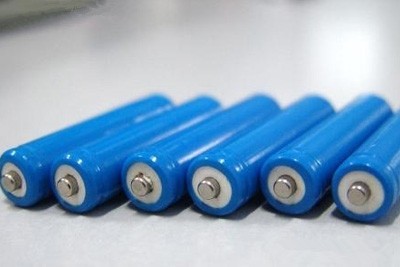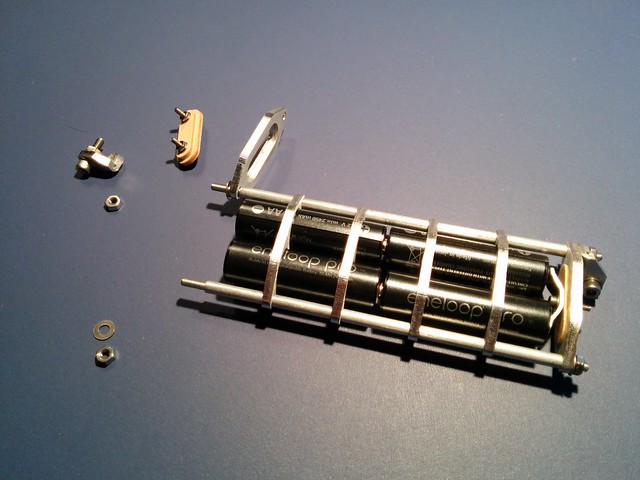What is Battery Energy Storage System-Definition, Working and Energy Type
APR 27, 2020 Pageview:817
Storage of electrical energy by using batteries has been around for a couple of decades now. Batteries are normally charged using solar energy, wind, or hydroelectricity and then discharged whenever the user needs to use the energy stored by the battery. Energy storage is important in situations where one does not have full time access to grid energy, in mobile devices that need energy on the go and for areas that don’t have grid power hence relying entirely on solar energy.
The battery technologies used to store the electrical energy may vary but the common denominator amongst all is storing energy and using it later when it is needed. In the earlier days, the primary role of batteries was simply to store and discharge energy without any form of smart regulation. But today, we have energy storage systems that are smart and can be used by companies to cut their electricity costs and also act as a backup energy sources during grid power outages.
Basically, an energy storage system is a system that is comprised of batteries and controllers that store energy from solar or grid electricity and releases this energy in a smart way based the inputs given to the controller by the user. These systems are more sophisticated than ordinary batteries. That’s why they are used to perform tasks like peak shaving and load shifting which are essential in reducing the cost of electricity for industries.
Load shifting means transferring an operation that needs electricity from being done at a particular time and scheduling it for another time when the tariffs are lower or performing that activity using stored energy from batteries. Then peak shaving is the process of reducing grid energy consumption during peak hours in order to reduce the overall electricity cost. Battery energy storage systems can be efficiently used in the processes of peak shaving and load shifting.
Why do you need a battery energy storage system?
Battery energy storage systems are used for both home and industrial applications. Their main role is cutting energy costs and also acting as a backup energy source during grid power outages.
Industrial applications
Here’s how industries use battery energy storage systems to reduce energy costs and also to ensure production is un interrupted during power outages.
1.Through peak shaving: This is probably the major application of battery energy storage systems in industries. In most countries the cost of grid power is not the same at all time and the pricing normally depends on the demand. During high demand hours, the cost per unit is often higher. Businesses that want to reduce costs always use battery energy storage systems to avoid incurring the extra charges during peak hour demand. All they do is setting a maximum tariff value above which the energy consumption is transferred to the batteries that stored energy during the low demand hours when tariffs were lower. This in the end reduces the energy cost
2.Through load shifting: With load shifting, batteries are charged during the time when electricity is cheap. The battery energy that is stored is used when electricity rates go up
3.Back up energy source: Battery energy storage systems can also be used as a power backup in order to avoid interrupting production when grid power is off. When grid power goes off, all the energy demanding tasks are transferred to the battery automatically without interrupting production
Home usage
1.Solar energy storage: The main role of battery storage systems in homes is to store solar energy during the day and use the energy stored in the batteries during the night when there is no sun.
2.Energy backup: In situations when grid power is off, energy from the batteries can be used for can couple of hours to power up our home appliances.
How does battery energy storage system work?
The main objective of a battery energy storage system on an industrial level is to store energy when it is cheaper from either solar or grid power and then release that energy when power is either expensive or when there is an outage. Battery energy storage systems have 4 major components and each of these has its own role. These components include; battery modules (one or more), inverter, sensors and a control unit. For the whole system to function efficiently each of the above components has to play its part.
Here is the role for each component
Battery modules: These are meant to store the energy that is being drawn from other sources of electrical energy like solar, hydroelectricity, wind, etc. Then this energy is released based on how it was programmed through the control unit.
Control Unit: This is where all the configurations of how the whole system is supposed to work are input. From the control unit, you can set the battery to start charging when energy is cheapest and discharge when its expensive.
Sensors: These are used for measuring key operational parameters like temperature, voltage, energy usage behavior. This information is used by the control unit to control the charging and discharging sequences of the batteries
Inverters: These convert Direct current (DC) into alternating current (AC). The current produced from batteries is always direct current (DC) and the inverter converts this to AC which is the current that is used by industry and home appliance.
What type of energy do batteries release?
Batteries release electrical energy with DC current. This form of current is what most electronics devices use. However, if the energy from the battery is to be used by home appliances or industrial applications, the current has to be converted to AC.
While charging the battery, the electrical energy is stored in form of chemical energy where by charged ions move from the cathode to the anode. While using the battery (discharging), this energy is converted back to electrical energy when the ions at the anode start moving back to the cathode when a load is connected across the terminals of the battery. The amount of energy the battery releases largely depends on its storage capacity and its maximum discharge current.
- Prev Article: What Does a Lithium Ion Battery Look Like-Quality and Working
- Next Article: Do Lithium Batteries Have Memory-Definition and Effects
Leave Message
Hottest Categories
-
Hottest Industry News
-
Latest Industry News














